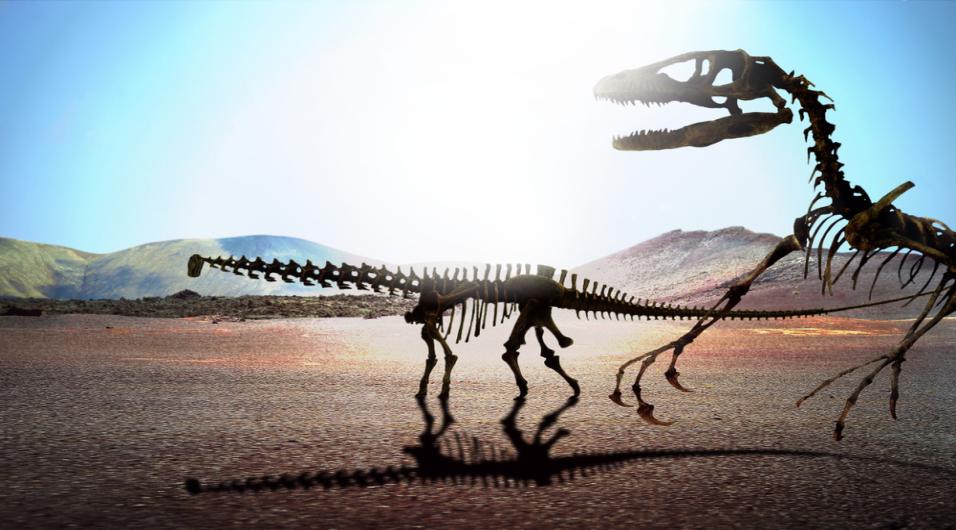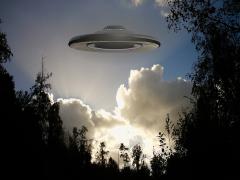
The Extinction of Dinosaurs: A Descriptive Analysis
The extinction of dinosaurs is one of the most intriguing mysteries that have captivated scientists and researchers for decades. This essay aims to provide a detailed descriptive analysis of the extinction event that wiped out these majestic creatures from the face of the Earth.
By examining the evidence of the extinction event, exploring the various theories put forth by experts, and delving into the impact of this catastrophic event, we can gain a deeper understanding of the demise of the dinosaurs.
The evidence of the extinction
The evidence of the extinction event is necessary in unraveling the mystery surrounding the disappearance of dinosaurs. Geological evidence, such as the presence of a layer of iridium-enriched clay around the world, suggests a catastrophic event took place around 66 million years ago.
Fossil records also indicate a sudden decline in dinosaur species during this period, further supporting the theory of a mass extinction event. Additionally, climate change indicators, such as fluctuations in temperature and sea levels, provide valuable insights into the environmental changes that may have contributed to the demise of dinosaurs.
Various theories
Various theories have been proposed to explain the extinction of dinosaurs, with the impact hypothesis being one of the most widely accepted. According to this theory, a massive asteroid impact, such as the one that formed the Chicxulub crater in present-day Mexico, triggered a chain of events that led to the extinction of dinosaurs.
The Chicxulub impact theory suggests that the asteroid impact caused widespread wildfires, tsunamis, and a cloud of dust that blocked out sunlight, disrupting the global ecosystem. The effects of the asteroid impact were catastrophic, resulting in the collapse of food chains and the eventual extinction of dinosaurs.
Consequences
The extinction of dinosaurs had far-reaching consequences on the Earth's ecosystems. The disruption of food chains due to the loss of top predators like dinosaurs led to a restructuring of the ecological balance. With the disappearance of dominant species, new opportunities arose for the emergence of mammals and other organisms, ultimately leading to the rise of new species. The extinction event not only marked the end of an era dominated by dinosaurs but also paved the way for the evolution and diversification of life on Earth.
In conclusion, the extinction of dinosaurs remains a fascinating subject of study that continues to intrigue scientists and researchers worldwide. By examining the evidence of the extinction event, exploring the various theories proposed to explain this catastrophic event, and understanding the impact of dinosaur extinction on the Earth's ecosystems, we can gain valuable insights into the dynamics of extinction and evolution.
The extinction of dinosaurs showed us how delicate we are on Earth and the profound impact that catastrophic events can have on the planet's biodiversity.







